How to Fly an ILS Approach
Pilot Institute
JANUARY 14, 2025
So, how do pilots manage to land their aircraft safely and accurately without even being able to see where theyre going? The ILS (Instrument Landing System) uses radio signals to help pilots align the aircraft accurately on their approach to a runway. Lets learn more about this system! What Is an ILS Approach?

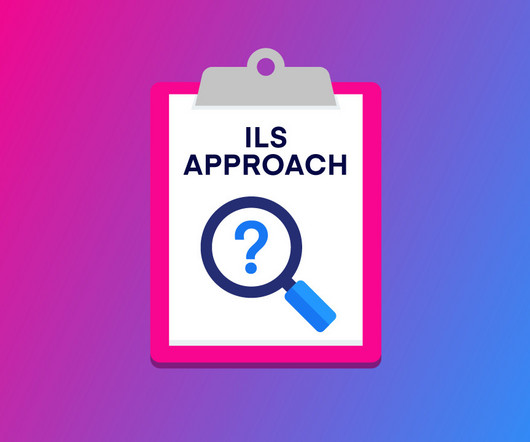


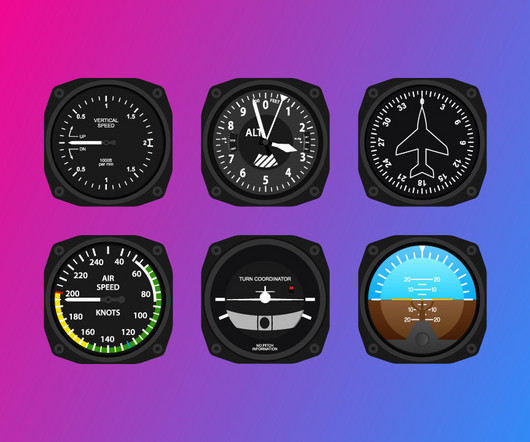
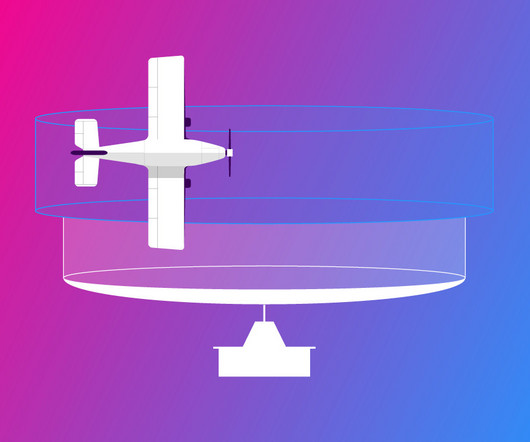

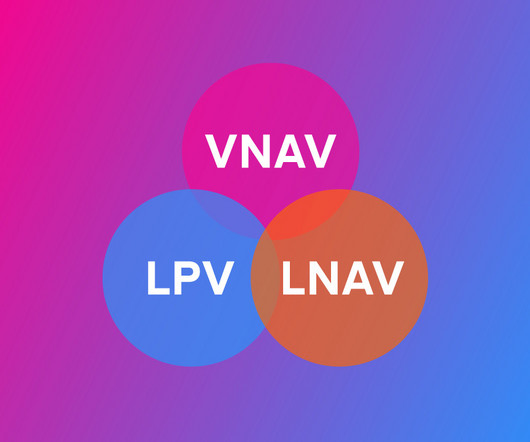
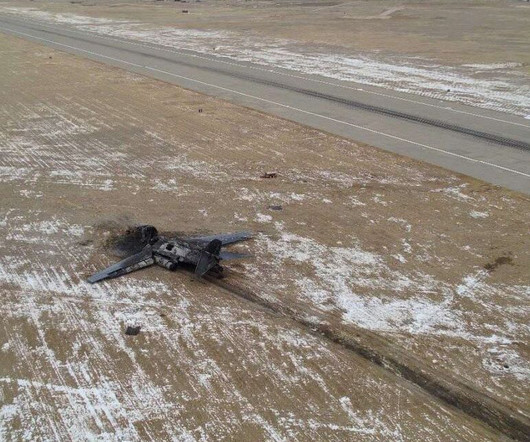
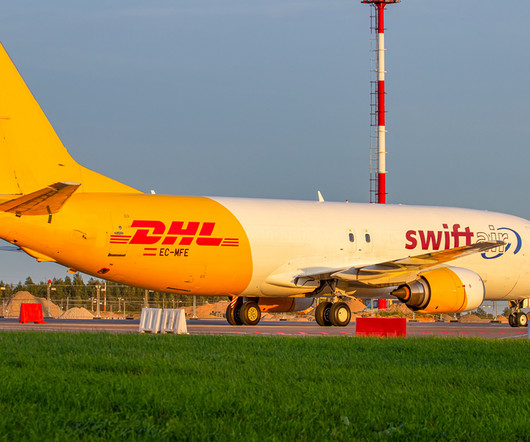






Let's personalize your content